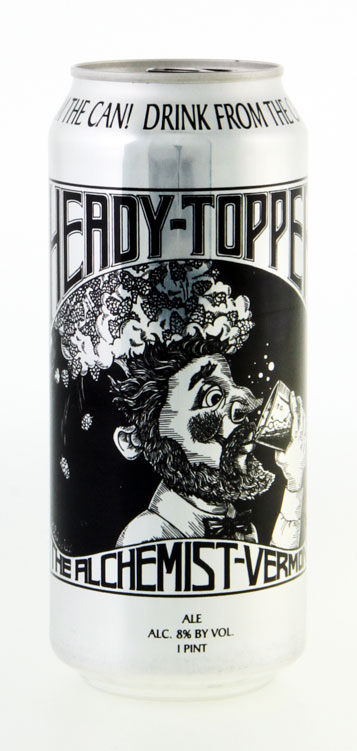
Like a modern day gold rush, Americans all over the country are leaving behind the daily grind of their 9-to-5 jobs to chase dreams of owning a beer company. But with one new craft beer operation sprouting up every day, some of the more grizzled beer industry veterans are beginning to talk of a so-called ‘bubble.’
It’s not uncommon to hear these longtime business owners warn of over-exuberance and explain how their companies survived the first craft beer “shakeout” in the 1990’s. And, with 2,500 breweries and counting, who could blame them for worrying? After all, history supposedly repeats itself, right?
Not so fast says Bart Watson, the Brewers Association’s newly hired economist. In a lengthy blog post published to the organization’s website last weekend, Watson attempts to debunk the bubble talk.
“I see little to no evidence that craft is in a bubble,” he writes.
Watson begins his argument by defining a ‘bubble’ for all of the non-economist readers.
“A bubble is a period of over investment where asset prices aren’t aligned with reality,” he writes. “In other words, people are betting on a future that won’t exist.”
Watson goes on to compare craft beer’s current growth to the dotcom boom and bust of the late 1990s and early 2000s. He charts the rise in brewing facilities from December 2007 until August 2013 alongside the NASDAQ close for the same number of months between October 1998 and June 2004. The comparison is rather telling and emphasizes just how slow steady craft’s growth has been over the last six years.
Watson takes the argument a step further, comparing the U.S. beer marketplace to the robust German beer drinking culture (hint: they drink more beer than Americans).
“There’s plenty of evidence that America can support a ton of new breweries,” he writes. “Germany has 1,300 breweries, with a heck of a lot less people. If the United States had the same number of breweries per capita (our population is over 3.8x bigger), that would mean 5,000 breweries.”

For evidence of craft’s mainstream appeal, look no further than Sunday evening’s Emmy Awards where The Alchemist’s Heady Topper double IPA — the no. 1 rated craft beer in the world according to beeradvocate.com — made a red carpet appearance. According to Alchemist co-owner, Jen Kimmich, two cases of the company’s beer were purchased at the brewery and somehow made it to the awards show. A photo album on The Alchemist’s Facebook page shows 4-packs of the beer in backstage swag bags.
Maybe a few of those potent, 8-percent Heady’s found their way to the Stone Brewing headquarters in San Diego, where a spelling error on some mixed 12-pack cases forced the company to create an additional insert acknowledging the mistake.
The company accidentally misspelled its IPA, Ruination (Run-in-ation) on 50,000 variety packs.
In a post published to the company blog yesterday, Stone communication specialist Brandon Hernandez wrote that instead of “going all corporate” and throwing away 50,000 of the misspelled variety packs “like some mega company would,” Stone took the more environmentally conscious approach.

Here’s something that’s not misspelled. 12 bottles of a beer named “Dave,” produced in 1994 by Portland, Ore.-based Hair of the Dog Brewing, just sold for $2,000 apiece.
The 29 percent ABV ‘special reserve ale’ went on sale at the brewery on Wednesday with the lofty price tag. As of press time, the brewery was unable to confirm if the $24,000 generated from the sales will be banked or donated.
